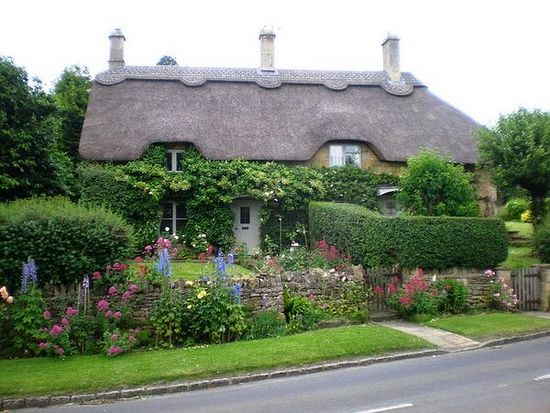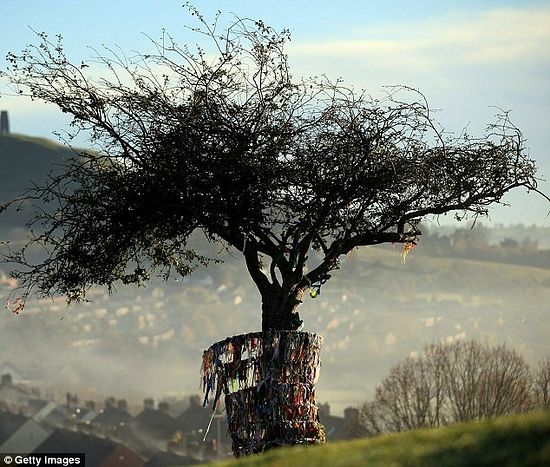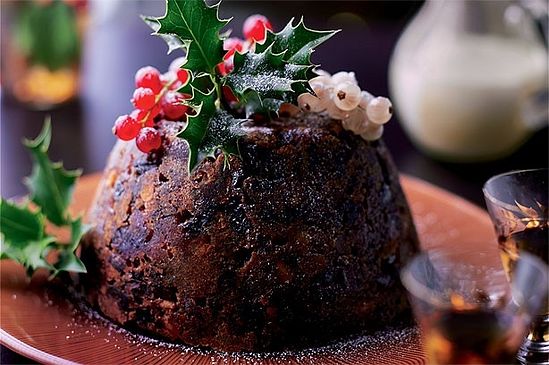
“They were old men with no scholarship. They told me of their thoughts: the things they said within themselves as they sailed with the stars and with the wild waters about and beneath them.
I have never heard fairer things than fell from the lips of those unlettered men. It was the poetry of the grace of God.”
From a letter concerning the fishermen of Leigh in Essex of с 1900

If we take a human lifetime as the Biblical threescore years and ten, only fourteen lifetimes ago the English Church was an integral part of the Orthodox family, belonging to the Universal Church of Christ. For nearly five centuries the English were in communion with the rest of Christendom. There were close contacts with Eastern Christendom. One of England’s sainted Archbishops, Theodore of Tarsus, was a Greek; Greek monks and a bishop lived in England at the end of the 10th century, and Gytha, the daughter of the Old English King, Harold II, married in Kiev. It is clear that during such a long period, a half-millennium, the Christian faith impregnated the way of life of the people and the Old English monarchy. It is clear that traces of the Faith of the first five centuries of English Christianity, a Faith that was Orthodox though not Byzantine, must have remained after the 11th century.
Of course it is true that England suffered the 11th century Papal reform of the Western Churches, and indeed this was particularly brutal in the British Isles, following, as it did, the papally-sponsored Norman Invasion of 1066. It is also true that England suffered another blow in the Reformation instigated by such tyrants as Henry VIII, Elizabeth I and the iconoclast Cromwell. All this represented a loss of spiritual culture, the denial of the saints, the deformation of ecclesial tradition, and the resulting loss of ‘texture’ or spiritual quality of English life. This is not to say, however, that the falling away or apostasy of England and the other Western nations from Orthodox Christian Tradition occurred everywhere at the same pace. Since the 11th century, England has experienced high and low points in her spiritual and cultural life. The high points represent a slowing down in the process of apostasy, the low points a speeding up. The high points have been spiritual and cultural peaks, when the English nation, her perception sharpened through prayer, fasting, repentance and love of the Gospel, has been guided by Christ, the Mother of God, her national saints and her Guardian Angel, and so glimpsed her soul. Conversely, the low points have been those moments when the English nation abandoned her spiritual and cultural traditions and moved away from her divine calling and destiny. However we may judge the past, and some high points and low points seem to be apparent at once, it seems clear that, as with other Western peoples, today is a period when the apostasy is speeding up and we are heading more and more rapidly for the Apocalypse.

But it must be said that the very nature of the cause of the separation of the West from the Orthodox Faith, the filioque, implies that the process of the Western apostasy is gradual. The practical consequences of the filioque have only slowly filtered down into the life of the people, only slowly distorted the forms of popular piety. The Orthodox Christian heritage of the first five centuries of the English nation has survived in fragments. These fragments or vestiges are to be found particularly among country folk in the stock of accepted folk wisdom, in folk memory and fable, proverbial knowledge, ecclesial sense and the traditional practices of simple folk. What is traditional outwits the changing fashions of religious decadence and rationalist speculation, which were and are inherent in the filioque and its consequences. The Christian Faith, which is made incarnate in the Christian way of life, can only be uprooted when the urban culture of ‘reason’ penetrates into the midst of those living in the rural, traditional, popular culture of the simple-hearted. In Western countries this only happened to any great extent in the last century. And here and there one may still meet individuals who have resisted the modernist rationalism of the towns until our own times.
One is aware of this in small villages in England, where perhaps survive a Saxon church or foundation, the Hall, and clustered around them, the inn and black and white thatched cottages. In my own experience, I know for example of old people who through family tradition still regard the Julian calendar as the only true calendar. (In England the Julian calendar was changed for the Gregorian in 1752, when 2 September was followed by 14 September which caused rioting – not surprising when one considers for example that a month’s rent would have to be paid for only nineteen days). Indeed the Julian or old calendar was until recently known as ‘English style’ and the Gregorian or new calendar as ‘Roman style’. (See the Oxford English Dictionary). In old books one still finds the doggerel:
In seventeen hundred two and fifty, Our style was changed to Popery, But that it is liked we don’t agree.
In farming families of my acquaintance in East Anglia, “Old Christmas” was religiously kept right up to Hitler’s War. The same for “Old Michaelmas”. Similarly parish feasts, fetes or ‘wakes’ are still in some areas kept according to the “English style”. Such faithful people know from their grandparents’ grandparents that Easter in England is kept on the wrong date most years. Such people, outside the Orthodox Church, bring to shame the Orthodox New Calendarists who seem to have less sense of tradition than they.
I would like now to speak of those traditions which I have either seen myself or read of, which all go back to a time when the English world was still part of Undivided Christendom.
It would seem that those ancient traditions are particularly associated with the Nativity of Christ. The Birth of Christ was an invitation to the whole of the cosmos to celebrate. It was said that at the moment of the anniversary of the Nativity that all Creation stood still—rivers ceased to flow, birds stopped in their flight. After this moment bells rang, even from churches that had disappeared under the waves, as at Dunwich in Suffolk, or from St. Wilfrid’s Cathedral which long ago sank beneath the waves off Selsey in Sussex. And then dogs barked, birds sang, bees buzzed, cocks crowed. All Creation united in praise of the Creator become man. A child born on Christmas Day (or for that matter on any Sunday) would never be drowned, so it was said.

Men celebrated in other ways. Everything had to be prepared before Christmas Day. Any work done on the day itself would turn out badly. On Christmas Eve, it is still the custom to set up window-lights, that is to put candles in the windows, to guide the Mother of God and St. Joseph, for whom there was no room at the inn. Holly is used as a decoration in homes and churches; the green is to remind us of the evergreen, everlasting life brought to us in the Birth of Christ, the red (berries) remind us of the blood on Christ’s brow from the crown of thorns at the Crucifixion. Mistletoe is hung at home, but never at church. A tradition says that this was because mistletoe was formerly a tree used in making the Cross. Because of this shameful use, it was then reduced to a parasite. The Christmas tree itself, according to German tradition, originates from the event when the 8th century Devonshire saint and Apostle of Germany, St. Boniface, cut down an oak used for pagan worship. The oak fell in the form of a cross and a fir tree sprang up from among the roots, as a token of new life, and thus the new life that we have in the Birth of Christ. It is said that when Christ is born, the oxen and the cattle on farms kneel down in worship and, according to some, weep. When in 19th century England a learned scholar mocked this belief, affirming that he had never seen it, he was informed by farm-laborers that this was because the scholar had been watching on 25 December, and not on the true date according to the Julian calendar. We are told that on hearing this characteristically Orthodox response, he departed in his pride, none the wiser. To this day the Glastonbury thorn and thorns taken from its cuttings flower not on 25 December, but around the 7 January. Similarly at the real Christmas rosemary, the rose of Mary, would blossom. The ash is also associated with the Nativity, for ash-logs are said to have been used to warm the Mother of God at the birth of Christ.
The food associated with Christmas was also symbolic. Christmas pudding, for instance, traditionally has thirteen ingredients, one for Christ and one for each of the Apostles. The mince-pie, which has been round in shape since Cromwell (who tried to ban it), was originally oval. This was to remind us of the shape of the manger and also the tomb of Christ (as on icons of the Nativity). The exotic ingredients, formerly with meat and spices, each represented qualities which the Birth of Christ had introduced into the world. This ‘sacred’ food was to be eaten in silence, while reflecting on the meaning of Christ’s Birth. Today this has degenerated into simply pausing and making a wish before eating the first mince-pie. It was also said that every mince-pie eaten ensured a happy month in the coming year. Associated with this is the still existent custom of keeping a piece of Christmas cake all year.

Christmas carols were once far more various and also theologically far more profound, like the Little Russian ‘koliady’ or the Serbian folk-songs of Orthodox Tradition. Incidentally the Church year was formerly celebrated popularly by all sorts of carols for every feast; today Christmas carols are virtually all that remain, and these mainly in Victorian guise, though some of the melodies are ancient.
Continue reading: https://pravoslavie.ru/58815.html





With respect, we need to get beyond these romantic sillinesses if we are to have an Orthodoxy that can meet the modern world in a country like the UK.
The Carmina Gaedelica is a collection of the prayers and orally preserved folk ways of the people of the Highlands. Reading the prayers one sees an Orthodox spiritually with an adherence to invoking the Trinity as well as the Most Holy Virgin.